Children are likely to follow the example of their parents, so it is imperative that you teach them fire safety. Children should be taught about home and fire safety from a young age. Teaching children fire safety will help them understand how to keep themselves safe when disaster strikes. It can also help them build an understanding of what the emergency services need and how they can help during emergencies.
This blog will cover 10 home & fire safety tips to teach children early. These tips should be incorporated into your daily family routine and conversations to ensure your loved ones are well-equipped in an emergency.
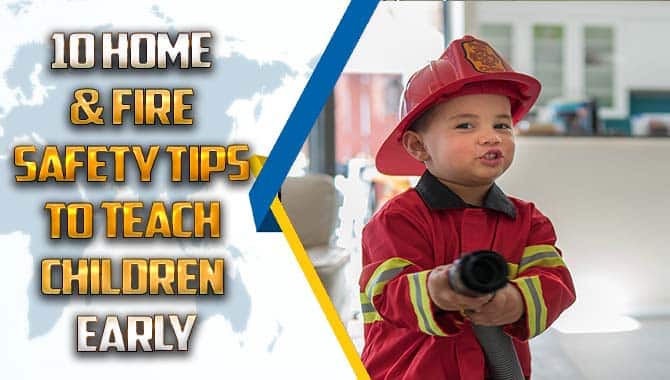
What Are 10 Home & Fire Safety Tips For Teaching Children Early?
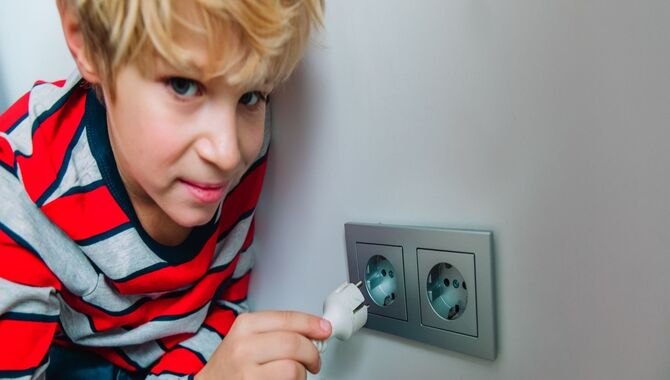
Home and fire safety tips for children are vital in ensuring your child’s safety. Having an NOAA weather radio in each room of the house is one of the best home and fire safety tips. A weather radio provides vital information during emergency situations, including warnings about severe weather and other emergencies.
Teaching them about water safety is essential when it comes to keeping your children safe around water. Teach your children how to swim, stay safe when swimming, and avoid drowning. Besides, help them develop a water safety plan that covers different scenarios such as going in the water wearing sunscreen or insect repellent. Avoiding water that is too deep or murky, and checking the water for hazards before entering the water.
1.Teach Children Fire Safety
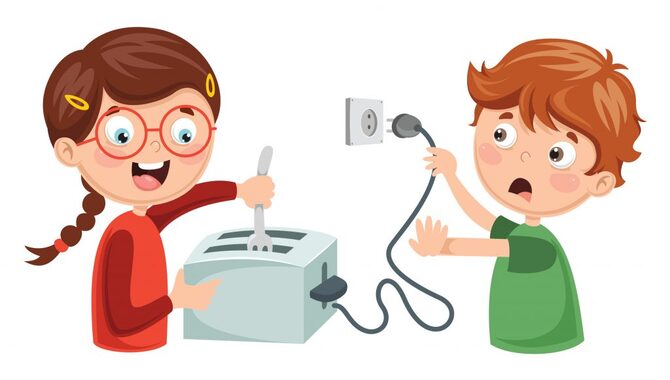
Fire safety is one of the children’s most important lessons early in life. These tips will help you teach your children about fire safety and keep them safe from harm in the event of a fire. Whether discussing fire safety with your children or making sure they know the signs of a fire emergency. It’s critical to help them prepare for dangerous situations.
It’s also essential to practice safe fire behavior yourself. Such as keeping a fire extinguisher at home and practicing using it regularly. Additionally, never leave children unattended near a burning object or open flame. Fire safety must be constantly reinforced throughout our lives. And taught as early as possible to help ensure the safety of our families.
2.Install Smoke Alarms
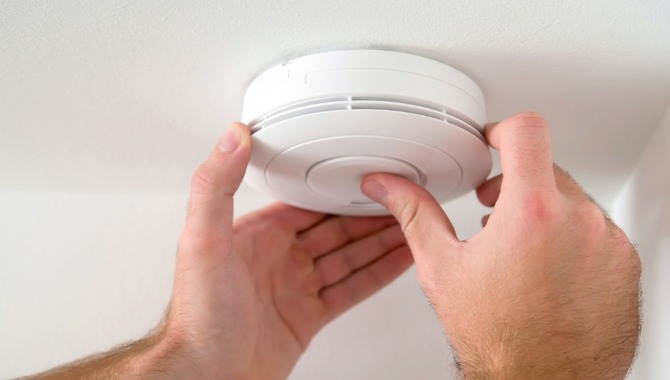
The installation of smoke alarms is essential to keep your home safe from fire. Smoke alarms should be installed in each homeroom and tested monthly to ensure they are working properly and alerting residents of a potential fire. Additionally, it is essential to close and lock all windows and doors when cooking or burning candles.
Also, ensure that flammable materials. Such as tinfoil and lighter fluid, are kept away from the fire. Finally, don’t play with fire if you aren’t an experienced firefighter or know what you’re doing. All of these safety tips will help keep your family safe from fire.
3.Teach Children About Firefighters
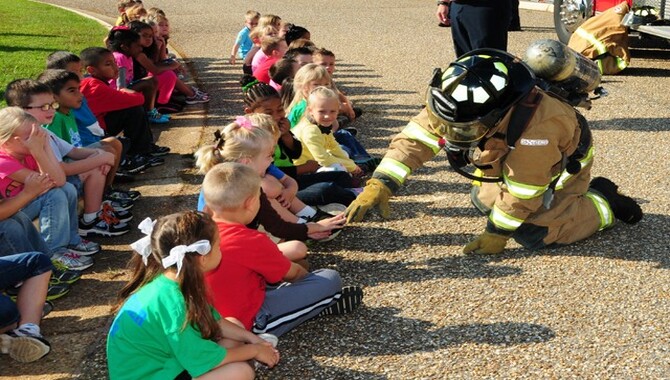
Firefighters are people who work to protect people and property from fires. They use a variety of tools to put out the fire. They can highly skillfully use their resources. Train firefighters to deal with dangerous situations and they can keep residents safe.
As such, children need to learn about fire safety at an early age. Teach your children about firefighters and fire safety tips by taking them to see firefighters in action or engaging them in a conversation about the importance of safety when around the fire. It’s always best to teach children by example, so let them watch and learn about fire safety daily from you.
4.Keep Matches And Lighters Out Of Reach
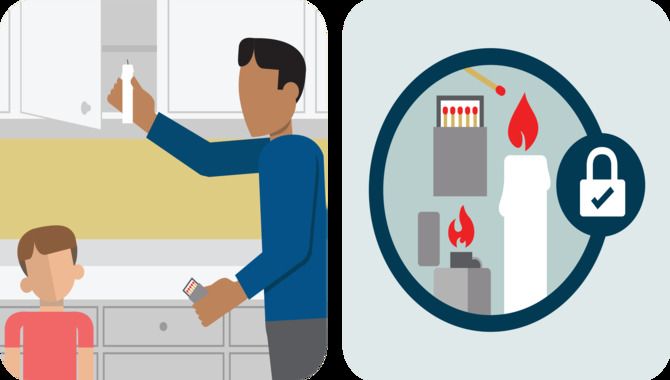
You must keep matches and lighters out of reach if you have young children. Instead, ensure that an adult properly supervises all electrical items. Make sure to store flammable items in a safe place and lock all doors and windows when you’re not home.
When it comes to teaching your children about home safety, it’s also important to teach them about fire safety. Instead of allowing them to play with matches and lighters, keep these items away from children to avoid accidents. Besides, explain to them how to use the fire escape if they need to leave a room quickly. If there is any emergency at home, have a family fire safety plan in place so everyone knows what to do in case of an emergency.
5.Keep Children Away From Flames And Heat Sources
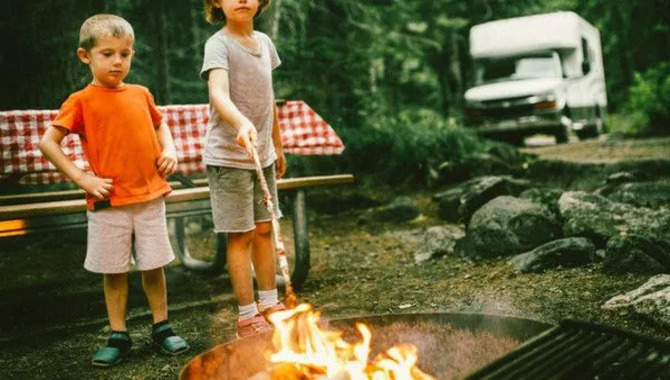
It’s essential to keep children away from fires and heat sources like candles and stovetops. Children should also never play with the fire of any kind. They must understand the dangers of playing with fire and how to use it safely. In addition, teach your children how to quickly escape a burning building and call 911 in an emergency.
Install smoke detectors and carbon monoxide detectors in every bedroom and hallway of your home. Keep a first-aid kit handy in case of an emergency. Prepare for any medical emergency by including instructions for its use in each kit. Finally, create a family fire safety plan that addresses important topics such as what to do if the home catches on fire and where the nearest phone is located.
6.Teach Children 9-1-1 (Or The Local Emergency Number)

Fire safety is a key component of living safely in the modern age. One of the ways to ensure safety is to teach children about fire safety and what to do if there is a fire at home. It is important to teach children the location of their local fire station and the telephone number for 9-HELP or local emergency services.
The best way to prevent fires at home is by ensuring that all fires are out before you go to bed. If you have any flammable materials, such as newspapers, rags, or paper towels, store them in a safe place, such as a shed or garage. Keep candles, torches, and matches away from children. Also, help your children understand what firefighters do and why they’re important in preventing fires at home.
7.Practice Fire Drills
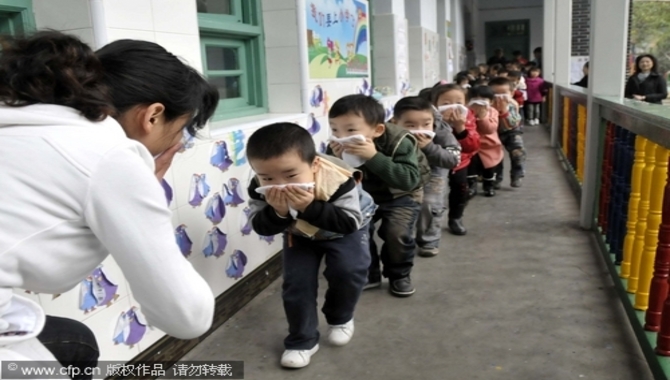
Teaching children how to practice fire drills from an early age is important. Fire drills can help children learn how to respond in an emergency and about fire safety.
It is also essential for parents to conduct regular fire drills with their children, and it’s a good idea to conduct them at least once per month. During the drill, parents should instruct their children on what to do if they hear a fire alarm. We should hold fire drills regularly. So everyone in your home is proficient at practicing fire safety and ready for any emergency.
8.Demonstrate How To Escape

Saving people from harm is the main goal of any responsible parent. When it comes to fire safety, there are several steps you can take to keep your family safe. First, teach your children how to escape from a fire by using the “3 R’s”: run, rouse, and rifles.
Second, Ensure that we equip all home rooms with an emergency exit. Third, ensure that we properly store all toys and furniture when not in use. Finally, educate your children about the danger of carbon monoxide poisoning and the dangers of leaving pets or children unsupervised in a burning building. Taking these steps can help ensure your family’s safety in times of crisis.
9.Get Out And Stay Out
It is important to teach children about fire safety. Getting them to stay out of the house during a fire can save lives. It is also important to teach children how to put out a fire and prevent fires from starting in the first place.
Immediately leave and stay away from the area if you see smoke or flames coming from your home until the fire has been extinguished. We should teach children not to play with matches or candles and, instead. Use alternatives such as plays with flashlights or indoor toys. These tips will help keep your family safe in the event of a fire.
10.Keep Food And Drinks Cold
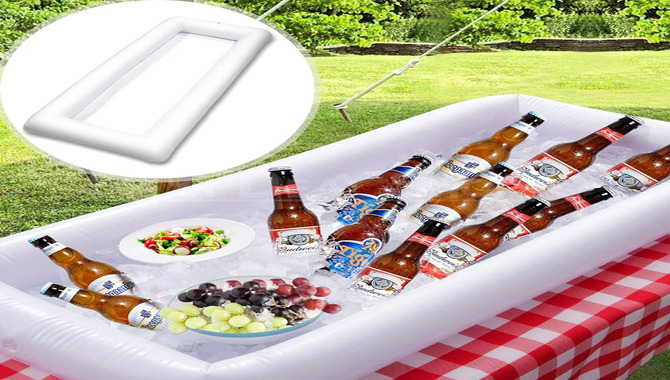
Cold food and drinks can help prevent cross-contamination. When preparing food or drink, always use separate containers for each task. Also, do not eat or drink from the same container that you have touched the food from. It is a good practice to wash your hands before and after handling food.
This will help to prevent the spread of harmful bacteria. Besides, it is crucial to close all windows and doors to keep out drafts and smoke. Finally, never leave children alone in a room with a fire. Fireplaces should always be supervised when in use.
What Are The Benefits Of Teaching Children About Home & Fire Safety?
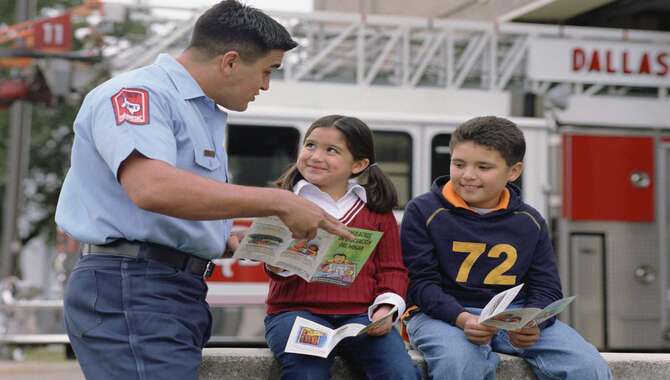
Children need to learn about home and fire safety. Not only does it help them stay safe in their homes and communities, but it also can help reduce the risk of injury or death. By teaching children about home and fire safety, you can help them develop life-saving skills. This is vital to ensure they are able to stay safe in the event of a fire or other emergency situation.
Additionally, educating children about home and fire safety can encourage them to engage more in their communities and civic activities. This is important as it can help instill a sense of responsibility and leadership within them. Teaching children about home and fire safety is a great way to foster a safe environment and teach valuable survival skills.
Why Teach Children Fire Safety?
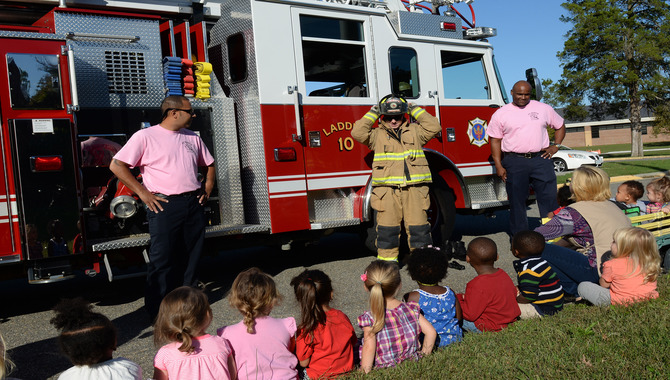
We should teach fire safety from an early age to help reduce the chances of fires occurring in the home. Teaching children about fire safety will make them more likely to know how to respond if a fire occurs. Children must learn about fire safety as soon as possible to develop a healthy respect and understanding of keeping flames and sparks away from them.
By teaching children about fire safety, they will be able to recognize signs of danger. And take the necessary precautions when handling candles and small objects that could potentially start a housefire. It’s also important for kids to understand the importance of wearing appropriate clothing and using safe electrical devices when playing around open flames.
Teaching children about fire safety can also help promote an attitude of caution towards household fires. And encourage them to report any incidents to the authorities. By teaching children about fire safety. It is possible that there will be fewer fires in the future that result in serious injuries or loss of life.
In addition to learning about fire safety at an early age, parents must also ensure that their children are adequately educated on these issues. By incorporating some of the aforementioned tips into their daily routines, parents could help their kids develop an interest in learning about fire safety. And ensure that they are well-prepared for any unforeseen situations.
Conclusion
Teaching children about the importance of home and fire safety from an early age is important. Children can develop a sense of caution and resilience when faced with dangerous situations by raising awareness and emphasizing the importance of these safety practices. Above are 10 home & fire safety tips for teaching children early that can help teach children the basics about these important topics.
Besides keeping you and your family safe, safety tips for children can also benefit them. They can understand how to respond to fire emergencies, which could help keep them and their families safer in the future. It is best if the whole family learns fire safety habits early on to ensure everyone is prepared in an emergency.
By practicing fire drills and making home and neighborhood awareness campaigns, we can spread the message that home and fire safety is something we should all strive for.
Frequently Asked Questions:
1.What Is Included In Windows 10 Home?
Ans. Windows 10 Home includes the following safety features for children:
- Keep your home and all belongings locked when you are not home.
- Make sure windows and doors are closed and locked at all times.
- Keep combustible materials (like candles, cigarettes, etc.) away from your home.
- Report any suspicious activity to your local police department.
- If you need to use the stove, oven, or fireplace, be aware of the dangers and follow the safety guidelines provided by the manufacturer.
2.Is Windows 10 Home A Free Version?
Ans. Windows 10 Home is not a free version of the operating system. To use some features of Windows 10 Home, you will need to upgrade to the full operating system version.
Windows 10 Home includes some features that are not available in the full version of the operating system. For example, Windows 10 Home does not include features like Cortana, Microsoft Edge, Universal Windows Platform (UWP) apps, and gaming features like Xbox app and Game DVR.
You can download and install the full operating system on a device with Windows 10 Home installed.
3.Is Winning 10 Home Good?
Ans. No, winning 10 home is not good.
Although home security products can be helpful in the prevention of fires, they should not be used as a replacement for proper safety measures at home. For example, it is important to teach children about fire safety from an early age so that they know how to react in an emergency.
4.How Much Money Does Windows 10 Cost?
Ans. There is no definitive answer to this question as it depends on various factors, including the features you’re interested in and the version of Windows 10 that you want.
Most users looking to upgrade their operating system to Windows 10 may opt for the cheapest version available, the Windows 10 Home edition. This version is free to download and use, but some features may require a paid subscription, such as Office 365 or Skype.
5.How Can I Provide Basic Education On Fire Safety To My Children?
One way to provide your children with basic education on fire safety is by starting by teaching them how to identify fire danger. Make sure to teach them the difference between a campfire and a real home fire, and explain the dangers of leaving fires unextinguished.
Next, make sure all fires are completely extinguished before leaving the scene. Teach your children about the dangers of smoke and carbon monoxide. As well as having cords out of reach of children.

Leave a Reply